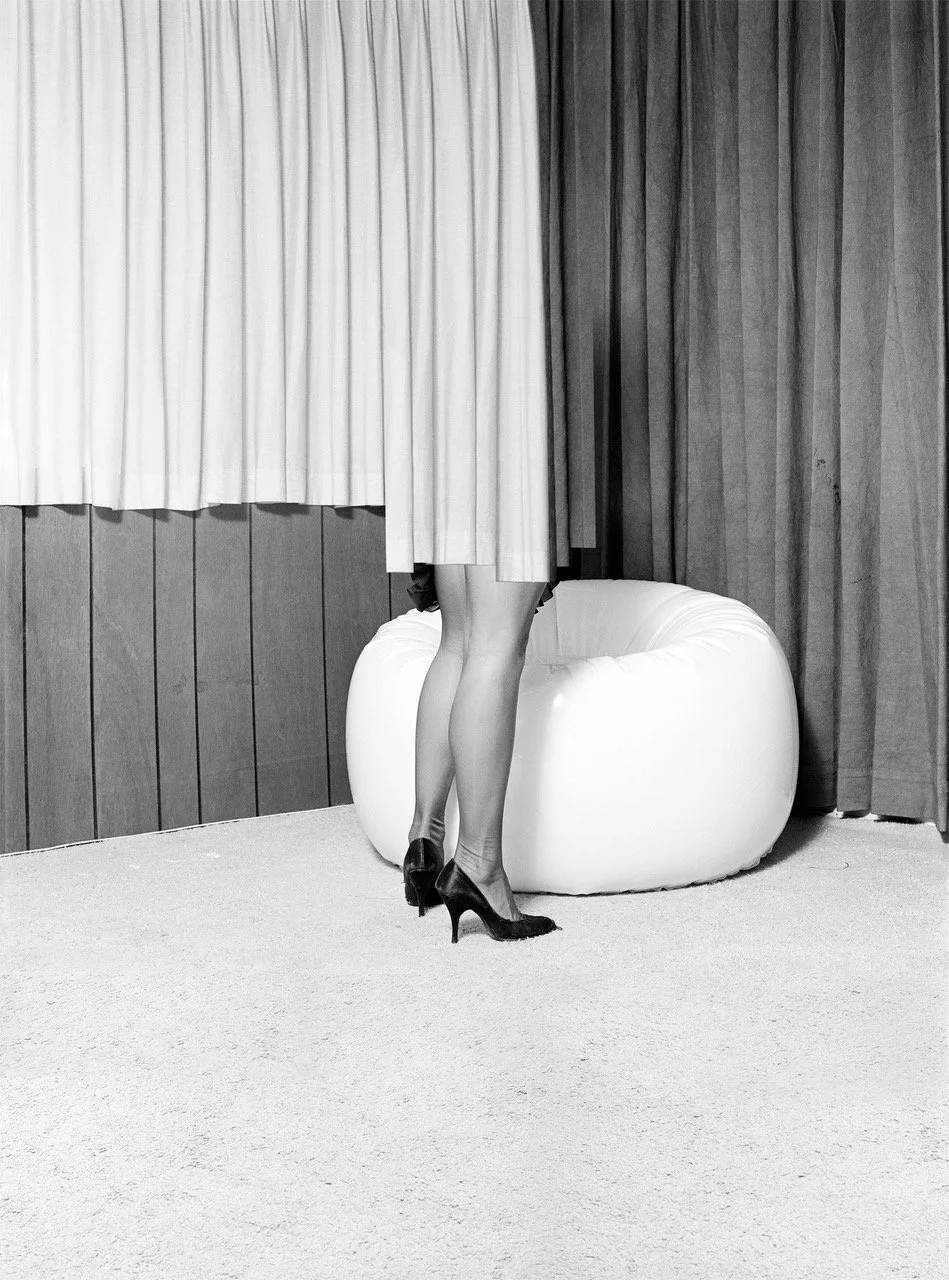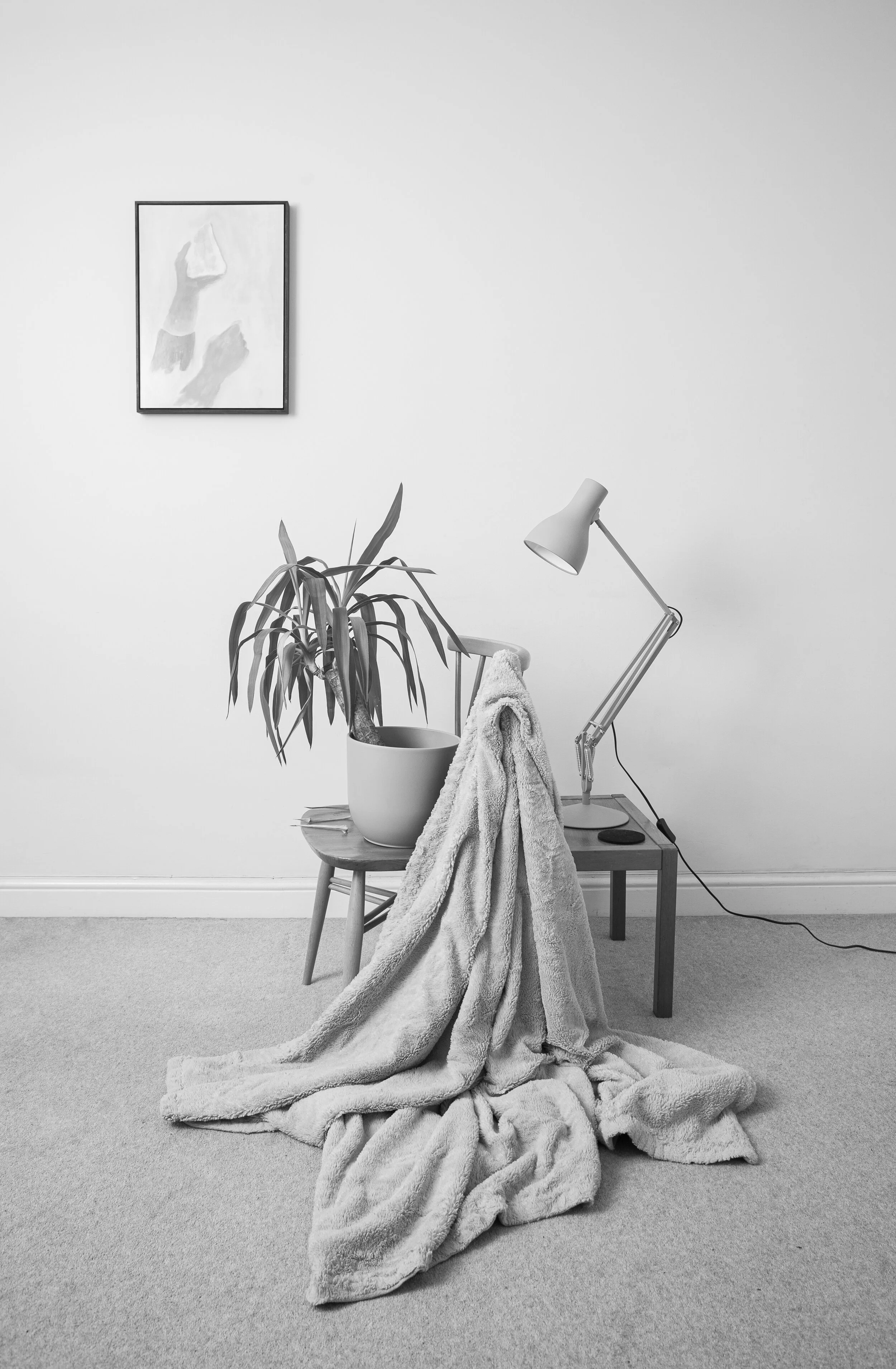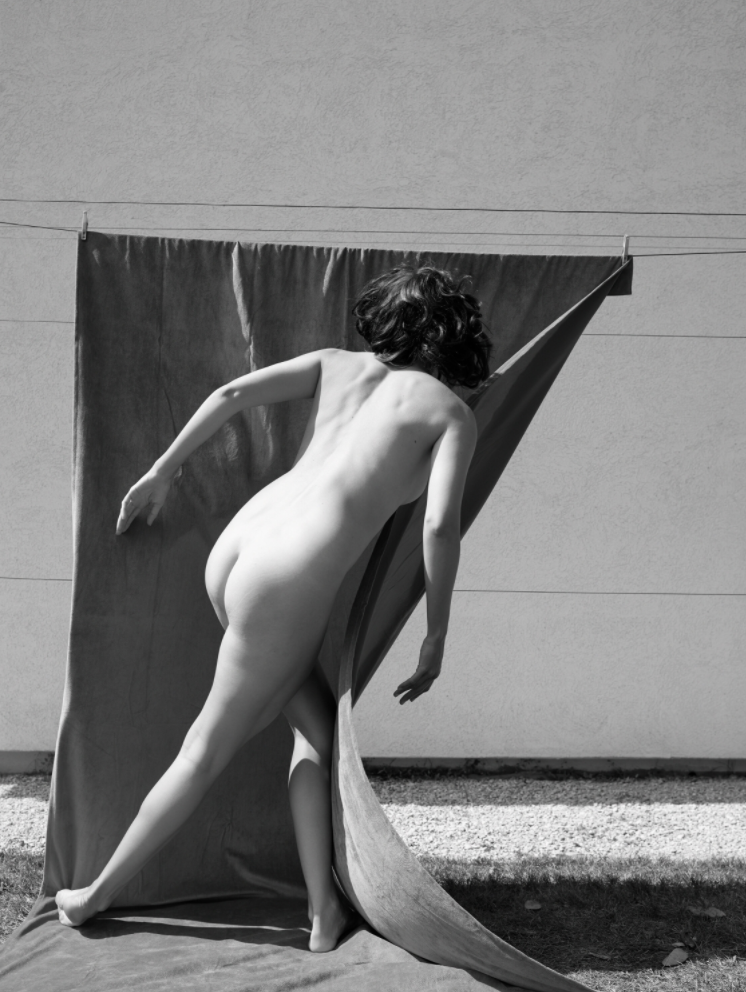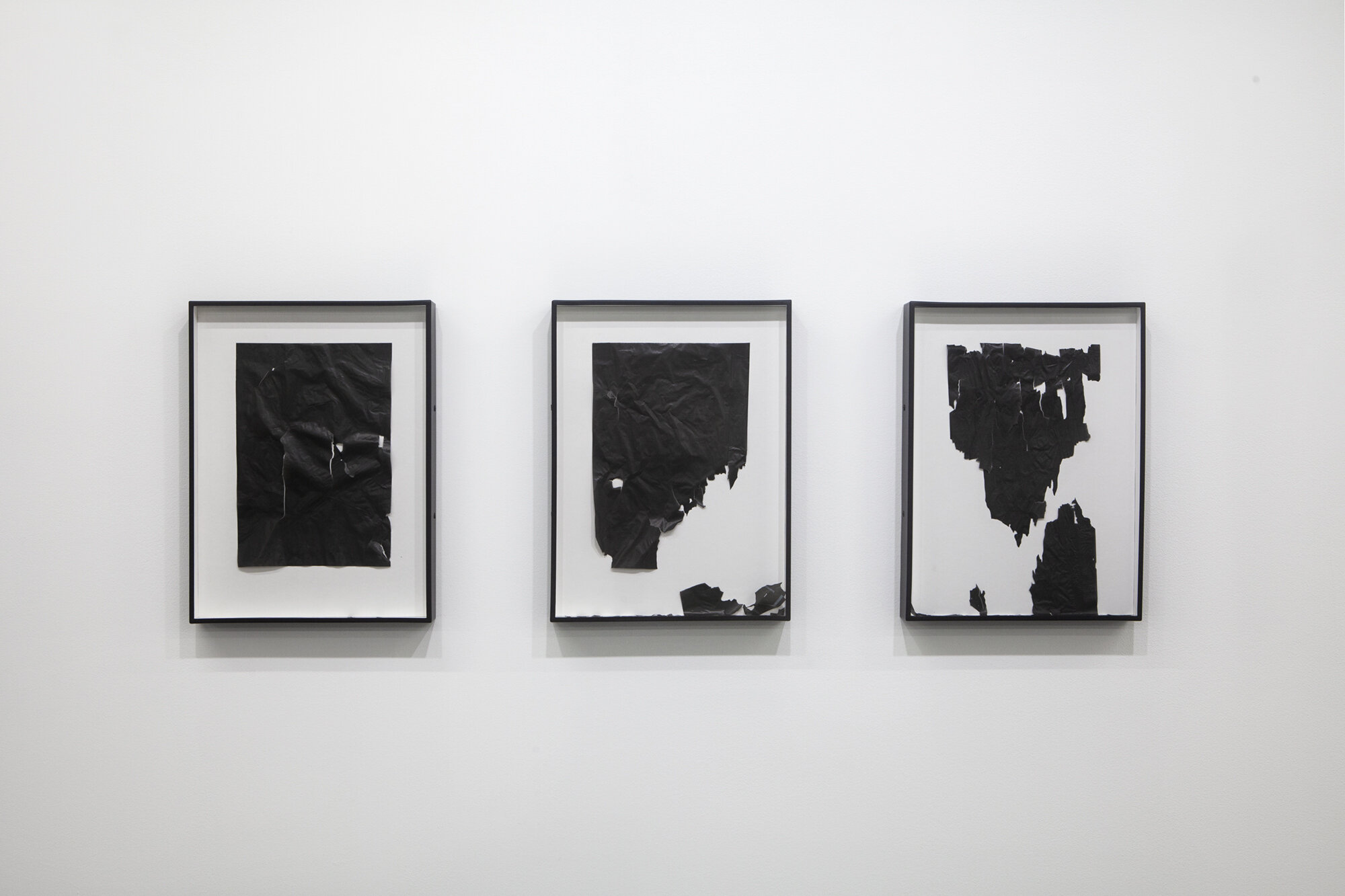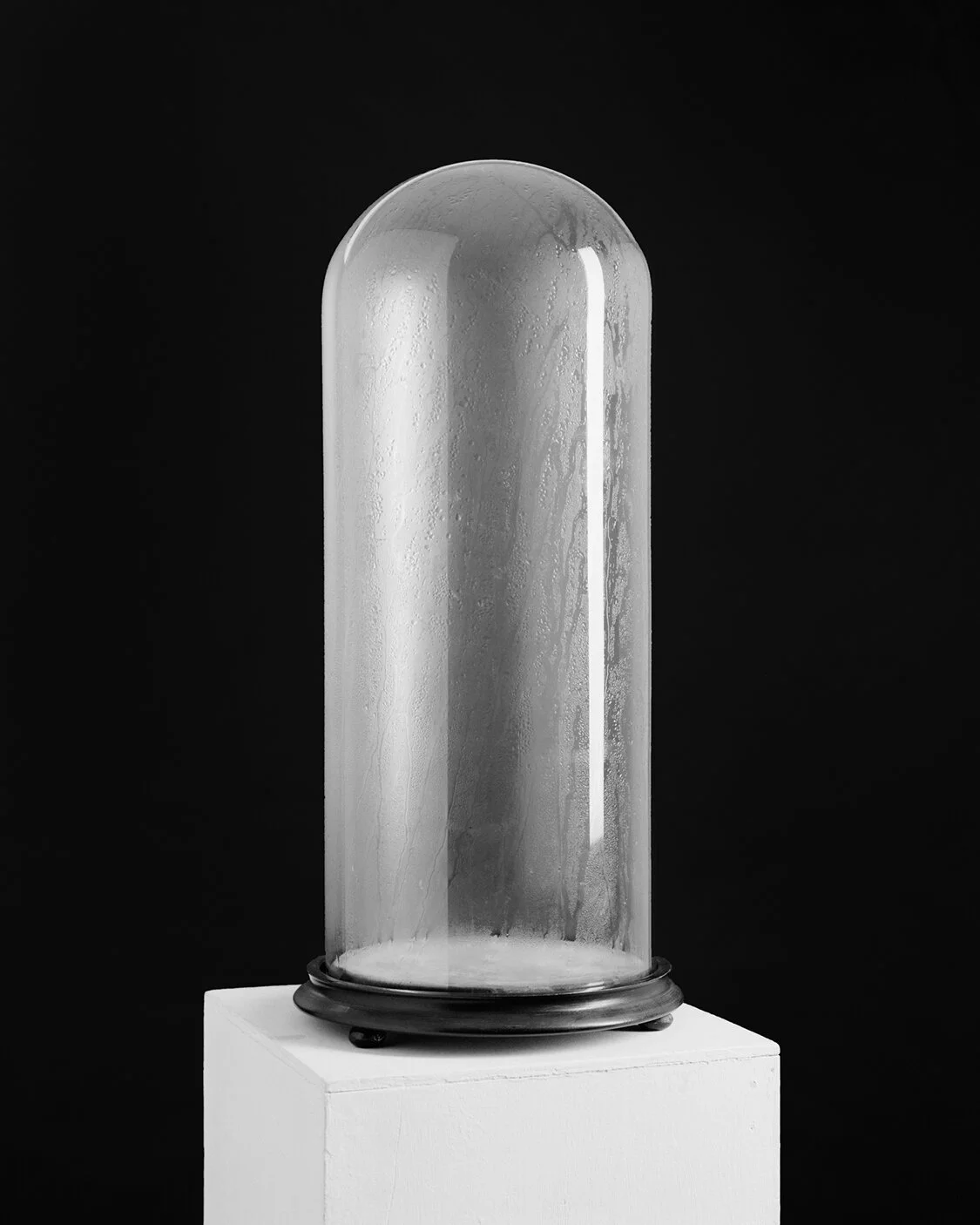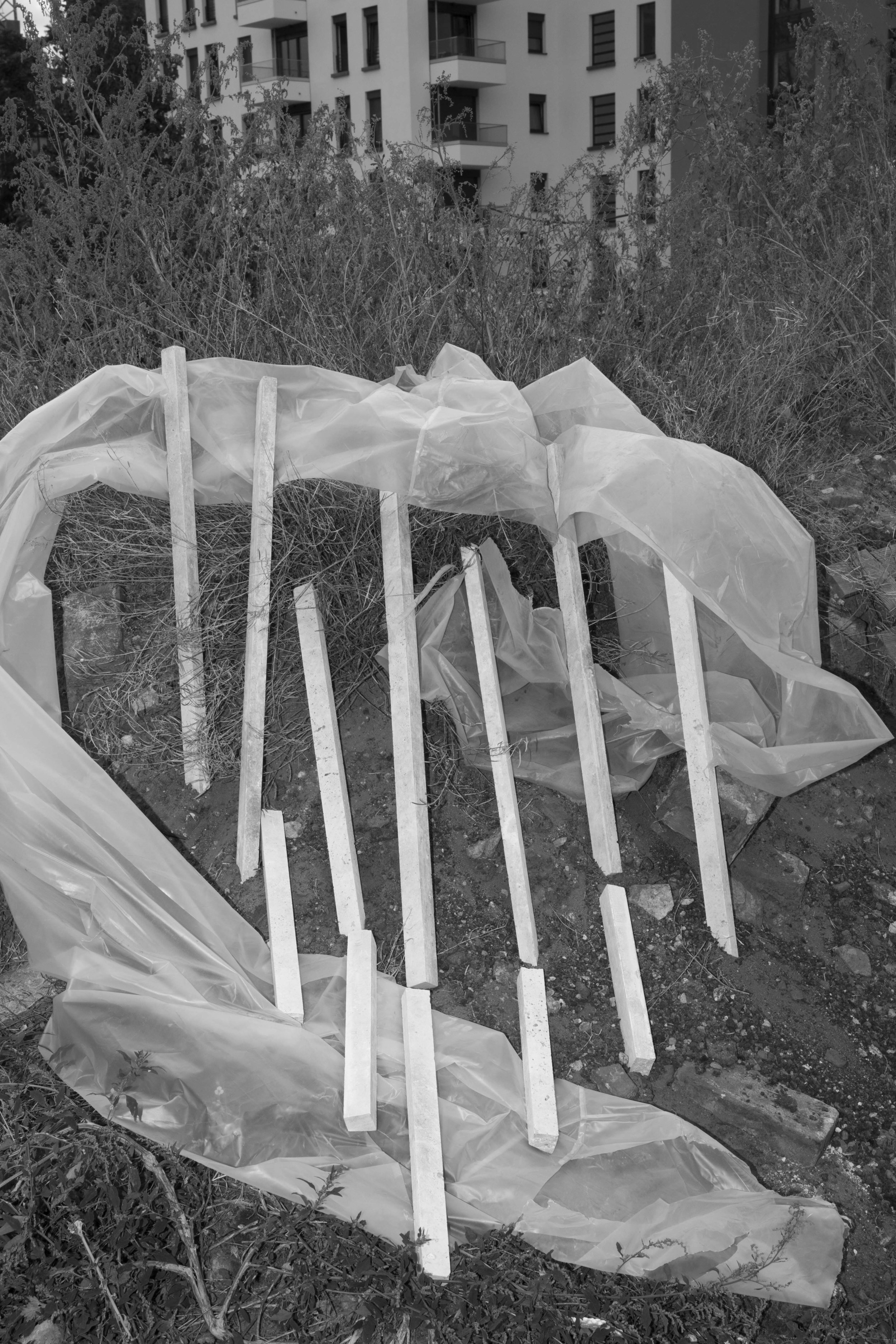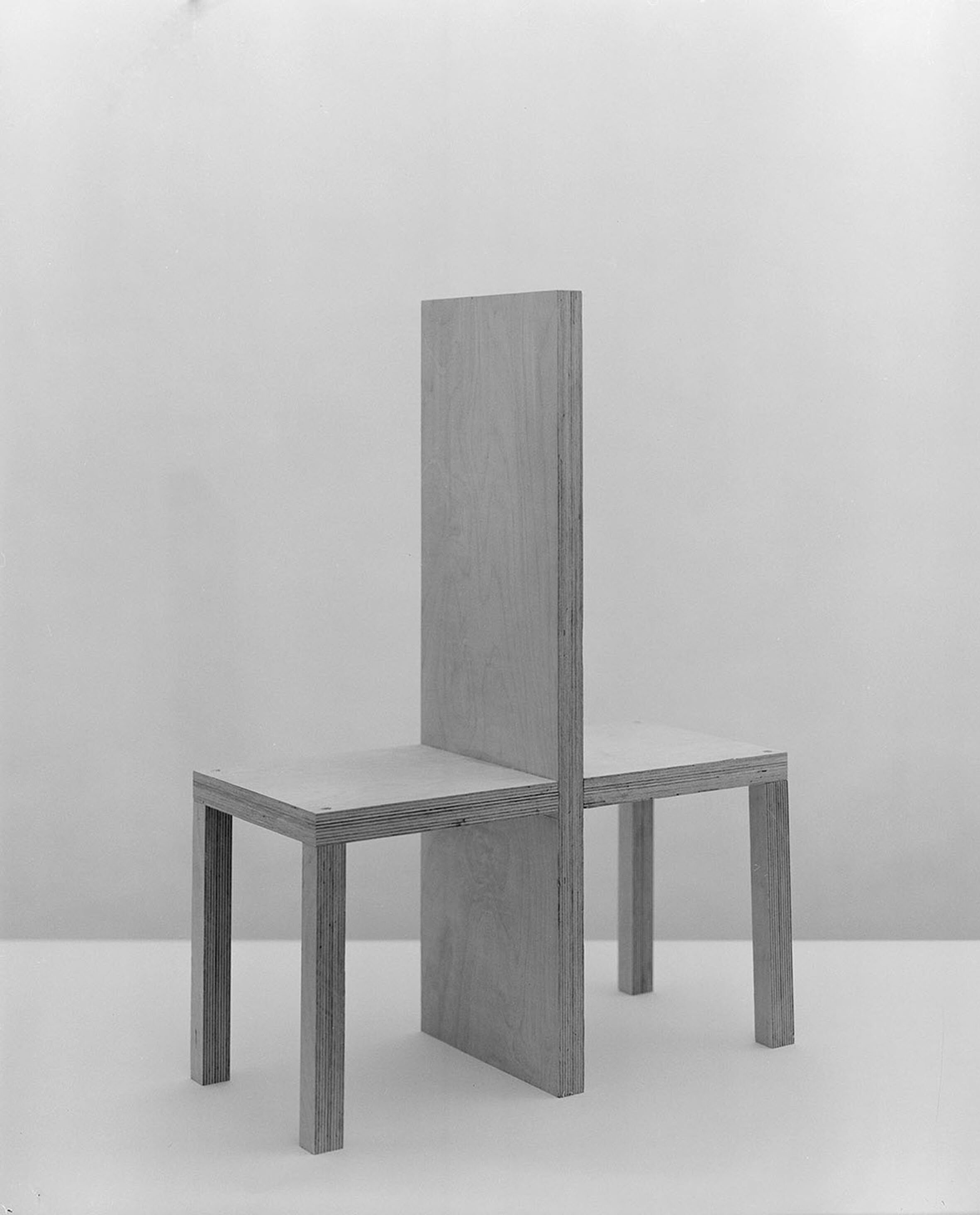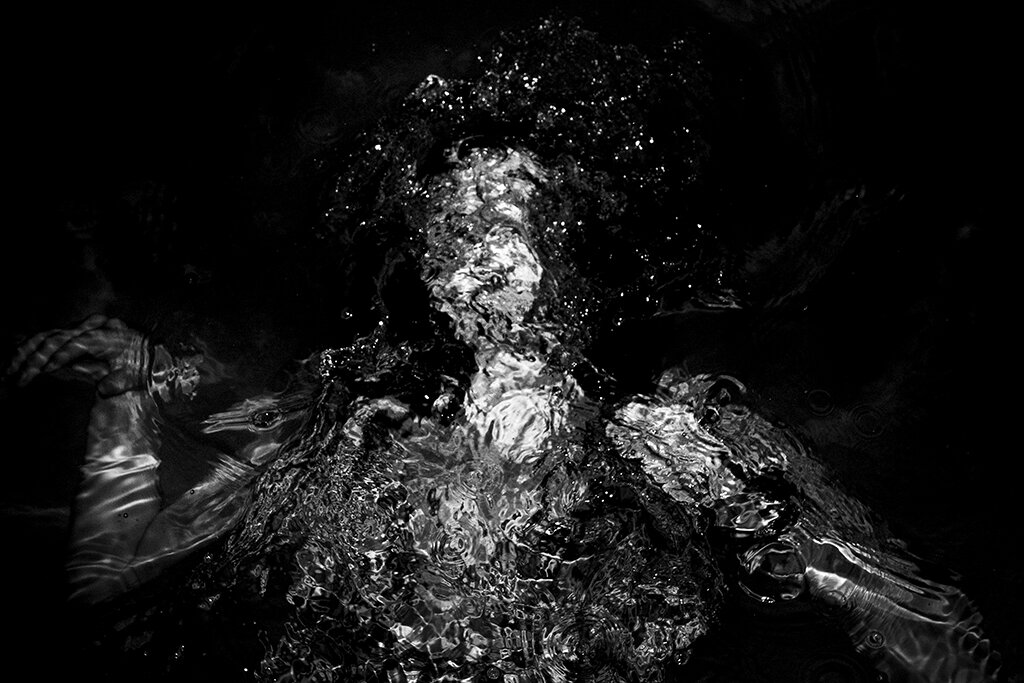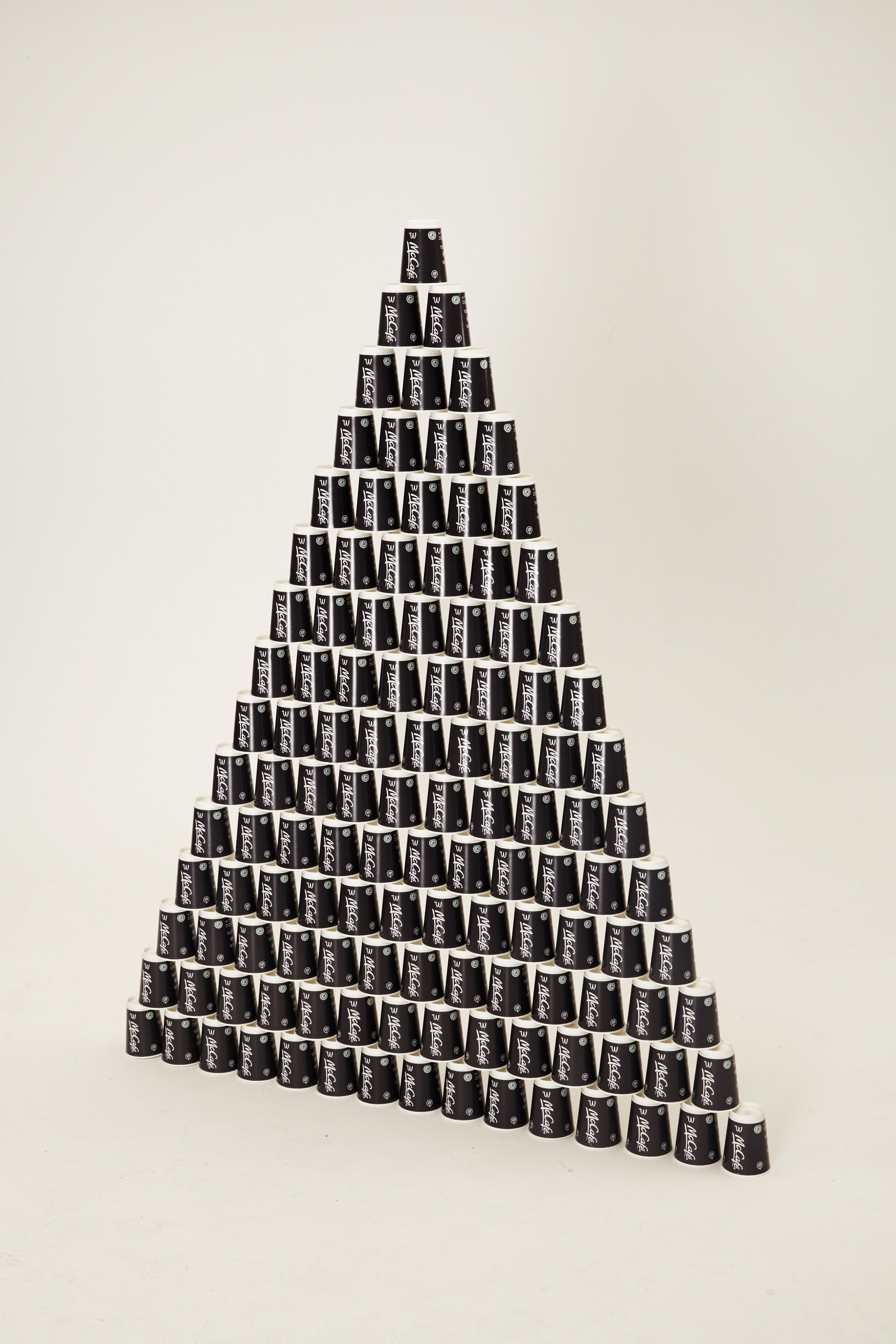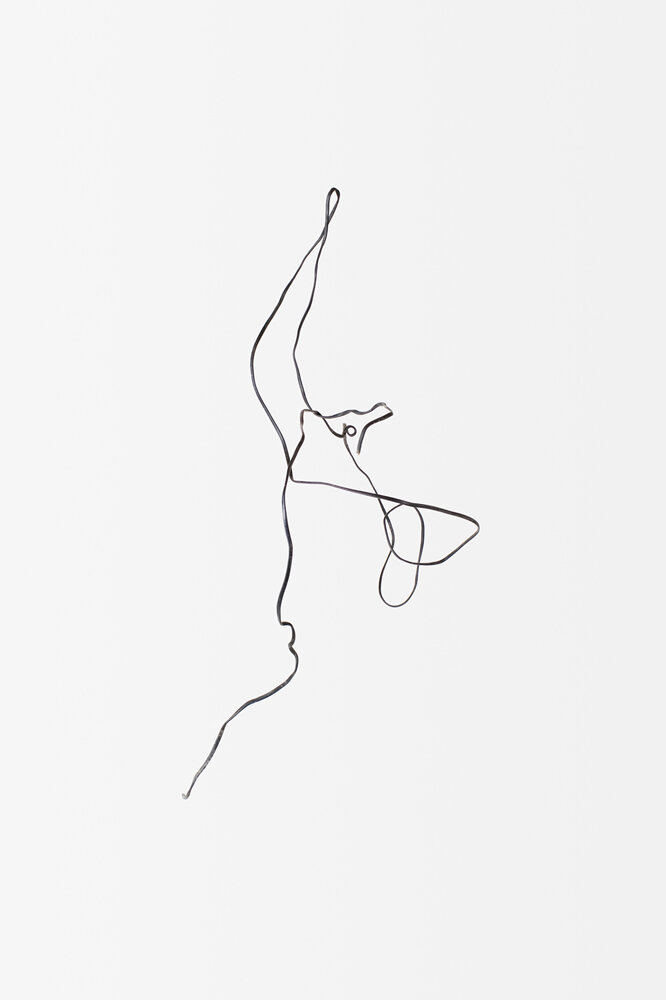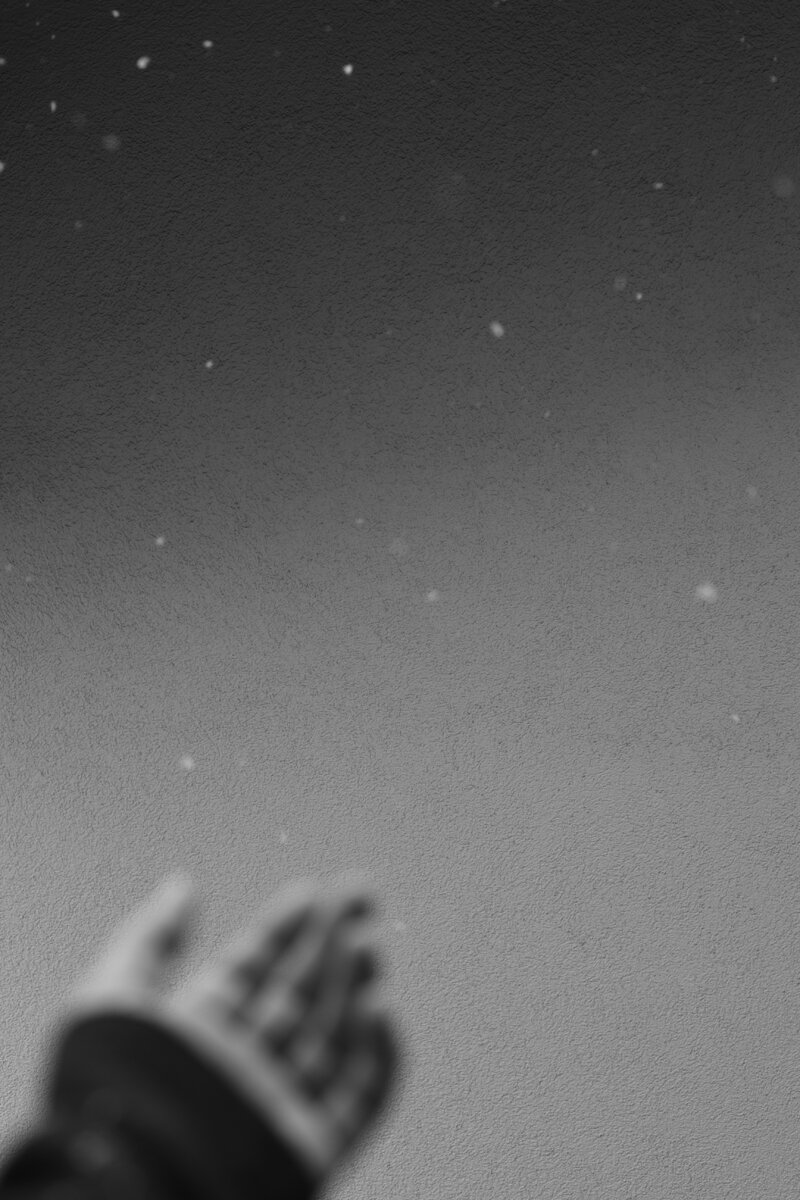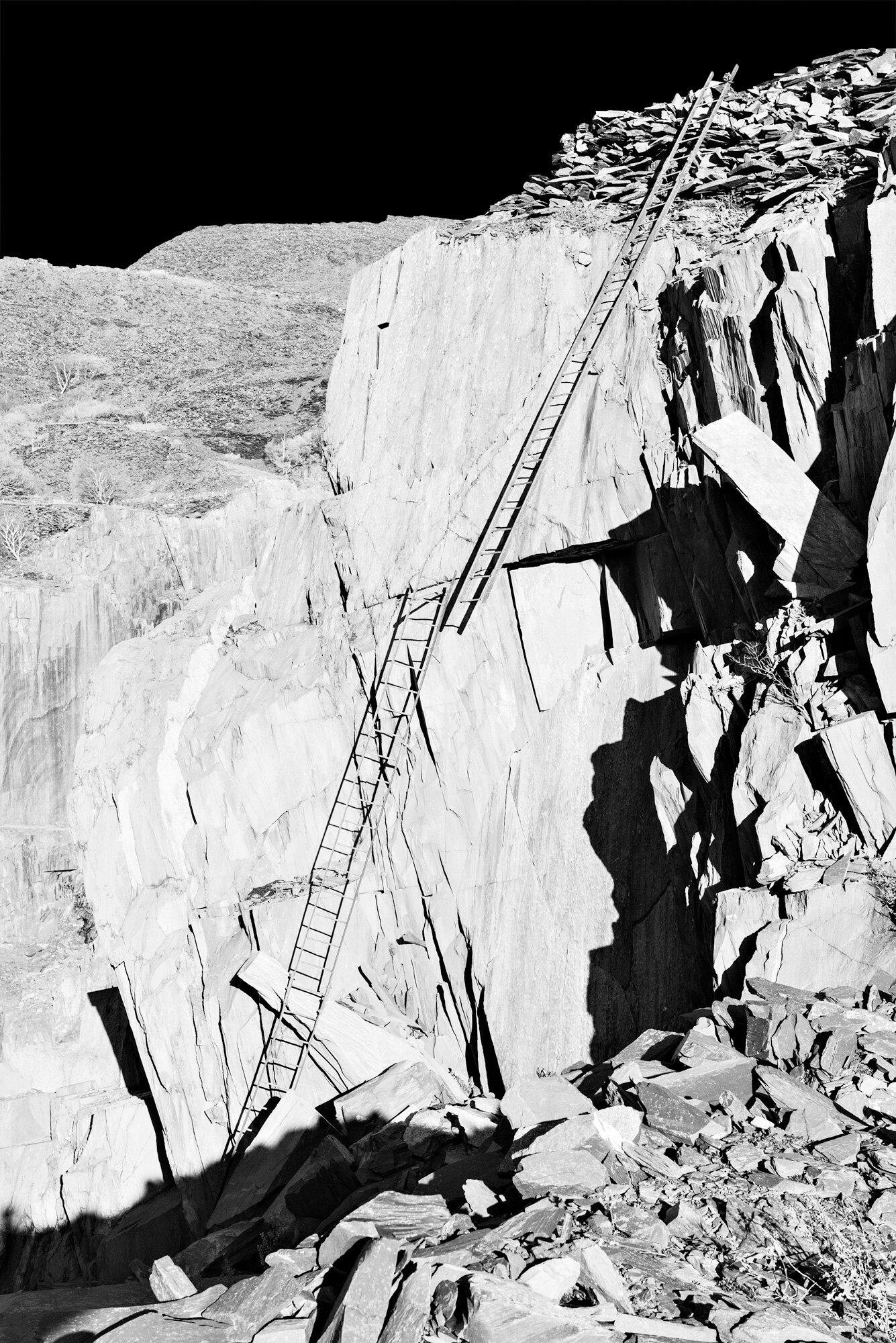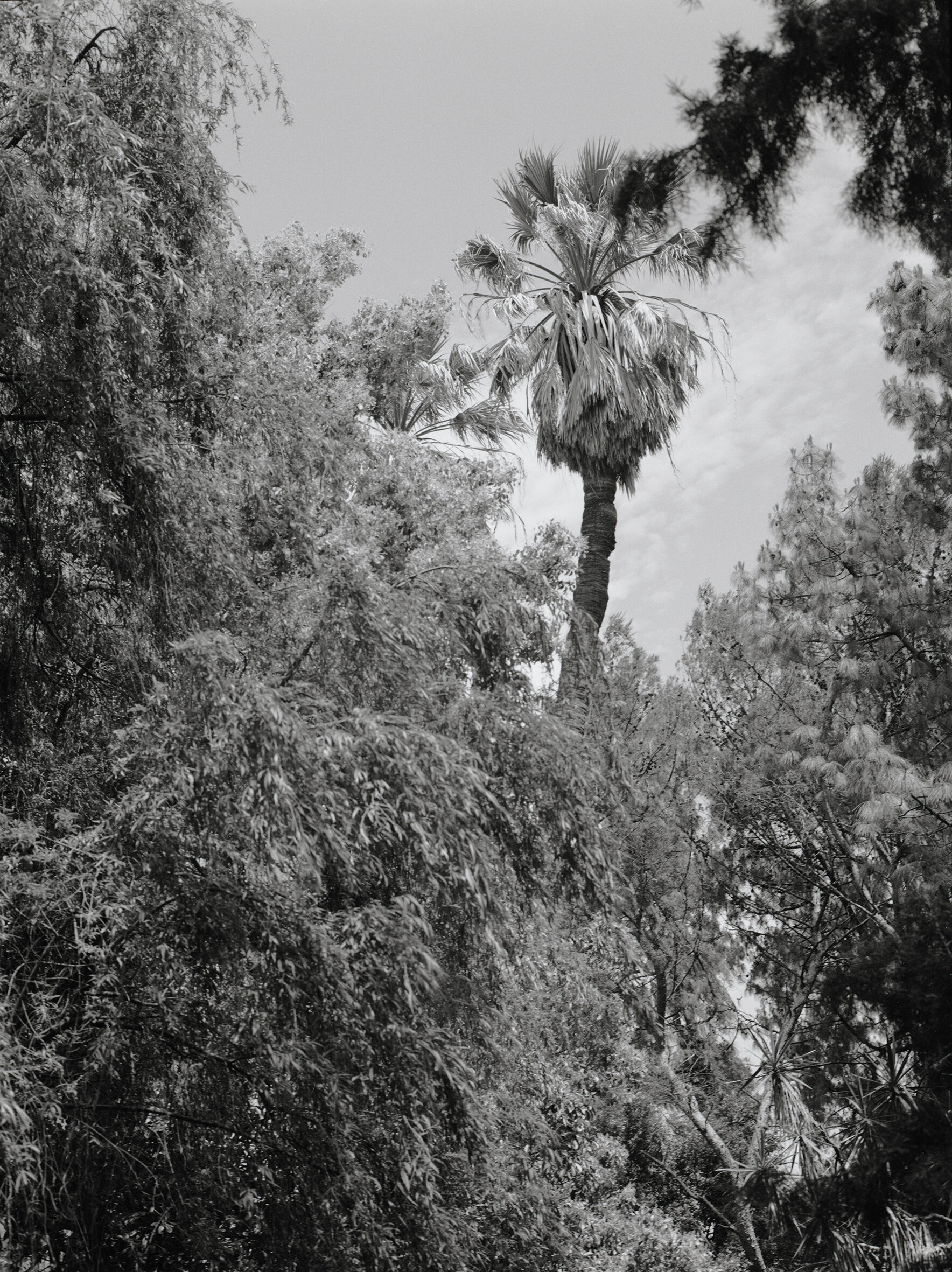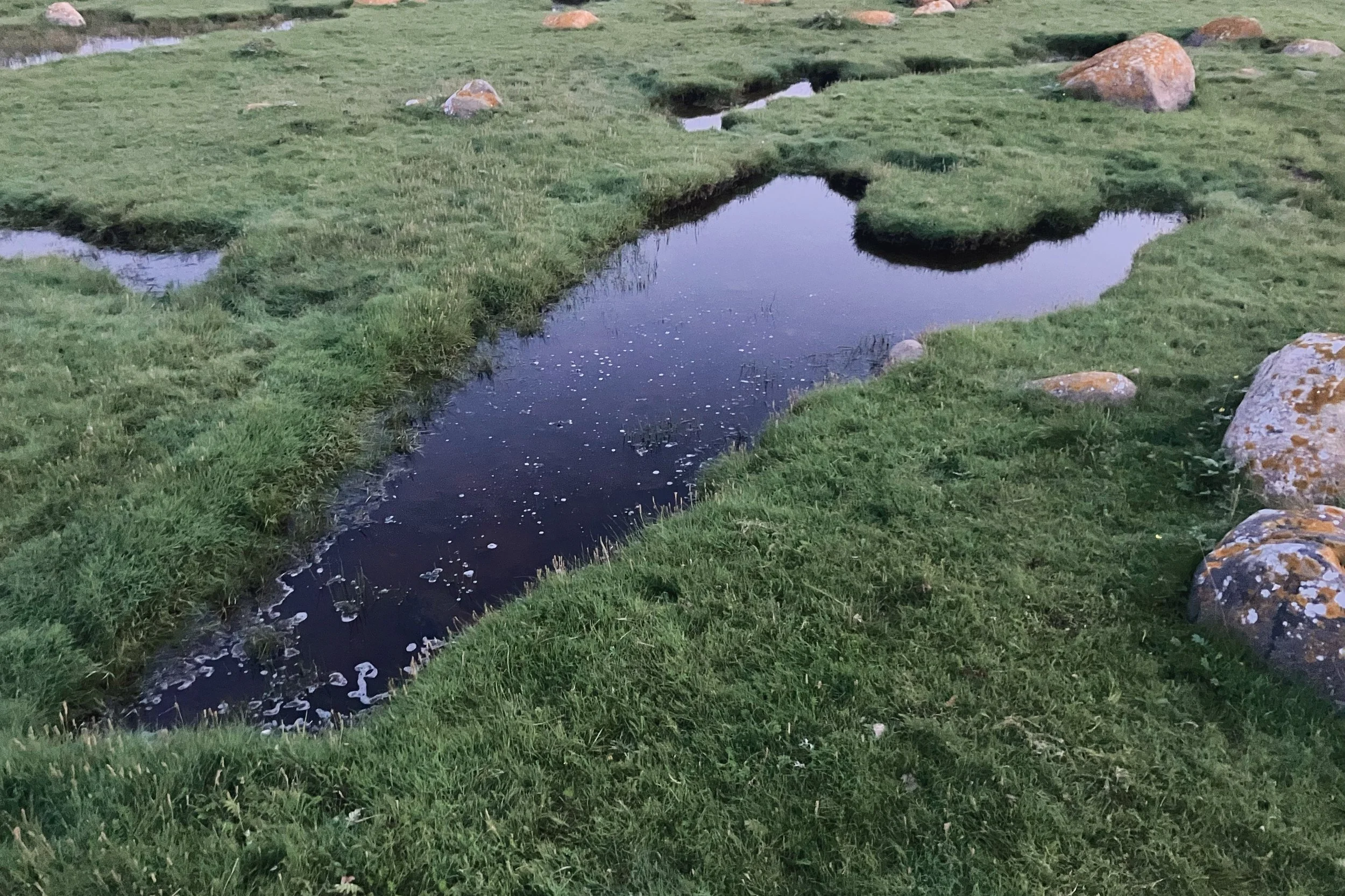Reinis Lismanis #38
COLLECTIVE 38
REINIS LISMANIS
Collective focus on the artistic process of one emerging artist; we learn about their sculptural practice and how it relates to construction, deconstruction, or both. Questions by Joanna Cresswell.
Tell us about your process. What reference or influence (if any) do you take from other mediums? My practice revolves around looking or thinking about the working process itself. In other words, for the past few years I have been drawn to a very self- and medium-reflective way of working. This manner of approaching ones subject has also been what fascinates me most in other people’s work, be it art or writing or science. I certainly try to make the most of what London has to offer in terms of exhibitions, but I’m also inspired by music (Nils Frahm playing a grand piano with a toilet brush), cartoons (Rick and Morty!) or even the chores at home, in the studio or at work. In terms of artists, Christopher Williams is somebody whose work I enjoy thoroughly and through him Michael Asher’s. Also, Walead Beshty, Harun Farocki, David Maljkovic, Hito Steyerl - all artists who examine labour systems involved in their work. Earlier influences would include artists deconstructing the photographic image, for example, Joshua Citarella, Fleur van Dodewaard, Thomas Ruff, Clare Strand, Sara VanDerBeek, or Artie Vierkant. Finally, theory and philosophy are very important in developing and shaping the context that I work in. Lately I have been concerned with trying to be as open as possible with my influences and inspirations as I believe this level of transparency helps the potential audience to build an interesting context in which they would see my work.
Are these pictures concerned with exploring formal and aesthetical interests – studies of form, colour, movement, how things work together, or are they representational, metaphorical? I would say that aesthetic considerations inevitably play an important role in my subjective decisions, however, these decisions would in most cases be secondary to the conceptual framework. A bias towards a lack of aesthetics can also be helpful in certain cases. Even though my works might often look dissimilar there is a common conceptual thread running through what I do. I wouldn’t necessarily say that the term ‘metaphorical’ applies here, unless we think of subjective metaphors of the context that I am trying to work within. I don’t think my output is necessarily representational as such, either. We could rather speak conceptually about the politics of representation and the conditions of it.
Are you a photographer or an artist using photography? I guess it would be more appropriate to call myself an artist. Even though the photographic is usually my starting point, my work to date has evolved to include different mediums, such as video, installation, and something which could be described as mark-making (to avoid saying that I’m making paintings, as this would imply a certain set of new concerns which I don’t feel confident in engaging with yet). I remember that one of my tutors in Brighton, Aaron Schuman, asked this question in a group session and I remember thinking that calling myself a photographer would certainly raise a whole set of questions from the audience point of view. However, this stance would probably require constant justification, which can be terribly time- and energy-consuming.
Does your work reflect on the medium of photography or the photographic image? If so, is that intentional?
Absolutely. As I mentioned, a medium-reflective way of working has been at the core of my practice and most of my output to date uses photographic and visual conventions as a starting point for further investigations and reflections, or even as raw material to work from.
Typically, are your works more about construction or deconstruction? I’d like to say that I fluctuate between the two constantly. The overarching theme in my work is the examination of certain systems, however this would often be approached in a somewhat scattered way. I could be making (or breaking apart) something specific in the studio but if I find something that seems curious or clicks with me on a walk back home, I will certainly try to document it. This could then be spoken in terms of “constructing” a personal archive, often leading on to other things.
Are you interested in the notion of your pictures as objects? Do you think about how their physicality may endure as you are photographing them or is that an afterthought? The way my works are displayed has become a more critical aspect of my practice, and certainly in the past few projects have reached the point where the installation as a whole is inherent to the conceptual frameworks that I am interested in. The object-ness of a photograph however is not always a central concern and I think that a traditionally framed print can absolutely hold as much value as a more sculptural object. It is never an afterthought though. Going back to my references, I think that Williams or Maljkovic are both brilliant examples of artists who manage to balance the relationships between photographs/images, sculptural installations and architecture elegantly.
Often sculptural photographic works are concerned with elevating banal objects, situations or events to a status of ‘art’ – when does something become art for you? I have been aiming to develop rhizomatic frameworks that can speak of a wider system of values (though this is not something that I believe to be universal, and I certainly enjoy other approaches to making art too). That snapshot I might take on my phone whilst on a walk might hold great significance in its relationship to something less spontaneous and more deliberately structured. This is when seemingly banal scenes can become interesting to me, though I believe it is important to recognise the deeply subjective and therefore potentially alienating nature of this.











